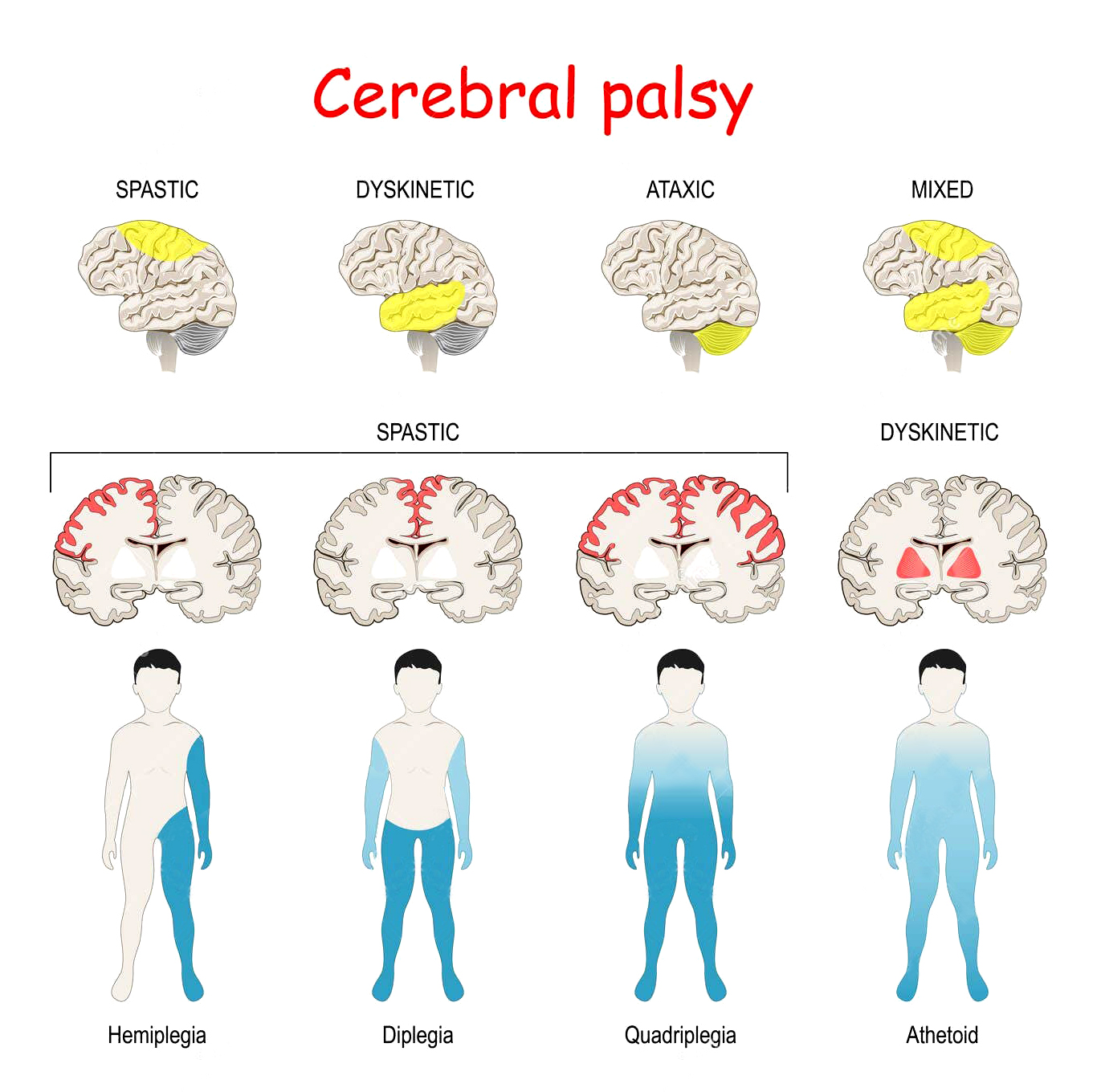

Ferryanto
According to data from the Indonesian Central Statistics Agency (BPS) in 2012, there are 532,130 children, or about 0.6% of the total children in the age range of development, who suffer from cerebral palsy in Indonesia . In addition, there are more than 30 cerebral palsy patients who do physiotherapy in the medical rehabilitation service of Hasan Sadikin Hospital. Cerebral palsy is a disorder where sufferers are born with permanent brain damage which results in abnormalities in brain development, position, muscle tone, motor coordination, and other neurological effects. Therefore, people with cerebral palsy have difficulty moving, maintaining balance and posture. & Nbsp;
There are several treatment options that can be done by patients, including using motion aids to support body stability such as Ankle-Footythosis (AFO), physiotherapy, and rehabilitation. Development of motion aids needs to be initiated by the analysis of the walking motion of cerebral palsy patients for the patient's diagnosis process. During this time, the analysis of the walking motion of cerebral palsy patients was carried out by direct observation. One of the weaknesses of this method is dependence on the doctor's expertise in observation of walking motion. Thus, the results of the observations of walking motion can be subjective. & Nbsp;
One method of motion analysis is to use an optical -based system that is using a camera and marker. The optical -based running movement analysis system itself has also been developed by the Faculty of Mechanical Engineering and Aerospace (FTMD) ITB since 2011, starting with two -dimensional analysis. Then in 2012, FTMD ITB has also used the same system to develop a normally Indonesian running database in 2D. To get a more comprehensive walking parameter, FTMD ITB began to develop an optical -based human motion analysis system in three dimensions. This system continues to be developed to date. & Nbsp;
Helps KSM Physical Medicine & Rehabilitation of Hasan Sadikin Hospital in diagnosing Cerebral Palsy patients objectively
By using the results of the diagnosis, health workers in the KSM of Physical Medicine & Rehabilitation of Hasan Sadikin Hospital can develop motion aids or ankle-foot orthosis (AFO) for cerebral palsy patients. In addition, the existence of an optical -based running motion analysis system also helps health workers and cerebral palsy patients in physiotherapists and medical rehabilitation to see patient progress. With this activity, the community of cerebral palsy patients will also feel the benefits such as improving the quality of life because of the special motion aids for cerebral palsy patients who are right on target, appropriate and affordable.